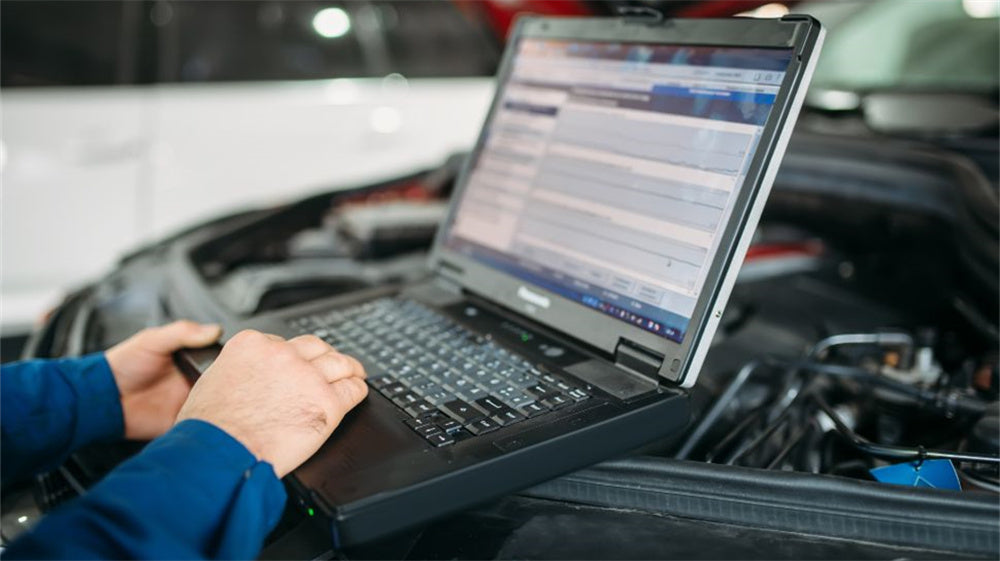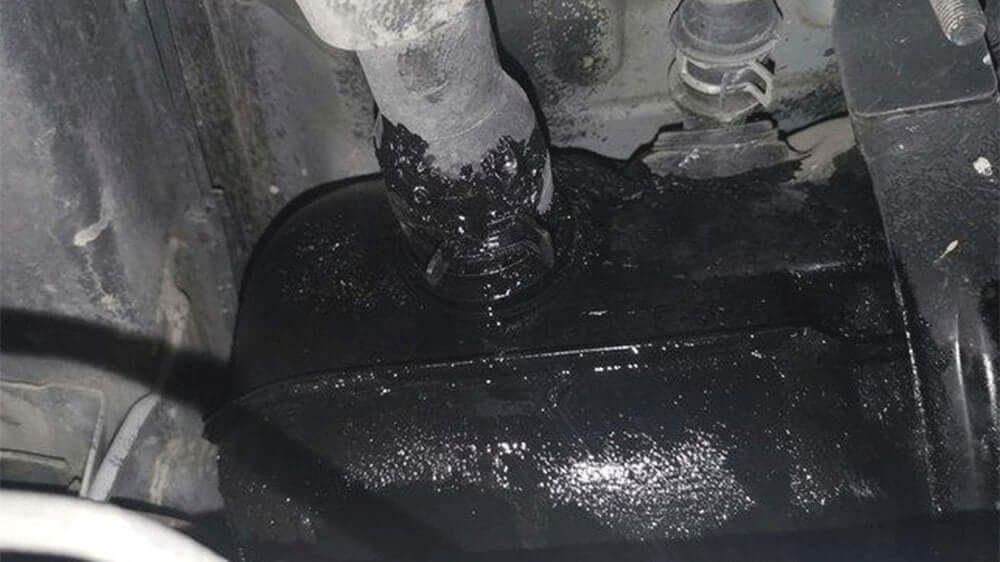
What are Anti-Lock Brakes & ABS system in car
History of Anti-Lock Brakes System
1920: British inventor Horace W. D. Horner developed and patented an early version of the Anti-lock Braking System (ABS).
1936: The German company Bosch acquired the patent rights for ABS.
1951: Goodyear Aerospace equipped heavy trucks with an early form of ABS.
1954: Ford incorporated an ABS system from a French aviation company into its Lincoln vehicles.
1978: Bosch, in collaboration with Mercedes-Benz, developed a three-channel, four-wheel ABS system with a digital controller. This system established the foundation and basic model for ABS, and was mass-produced in Mercedes vehicles.
1981: German company WABCO, in partnership with Mercedes-Benz, installed a digital ABS system in heavy trucks.
1984: The ABS/ASR 2U braking system was introduced, featuring both anti-lock braking and traction control.
Function of the ABS System
The Anti-lock Braking System (ABS) is designed to prevent wheel lock-up during braking. When wheels lock up, it results in loss of steering control, which can lead to severe accidents. ABS helps maintain wheel rotation during braking, allowing the driver to retain control of the vehicle and reduce the risk of skidding.
Advantages of the ABS System
1. Reduced Stopping Distance: ABS prevents wheel lock-up, which helps in achieving optimal braking performance and can reduce stopping distances.
2. Decreased Skidding: By avoiding wheel lock-up, ABS reduces the risk of skidding on slippery surfaces such as ice or wet roads.
3. Improved Vehicle Control: ABS allows the driver to maintain better control of the vehicle during hard braking.
4. Reduced Tire Wear: By preventing wheel lock-up, ABS helps reduce uneven tire wear and the formation of flat spots on tires.

ABS System Diagram
Abs System Components
1. Wheel Speed Sensors:
These sensors, typically magnetic pulse sensors, monitor the speed of each wheel. Each wheel has its own wheel speed sensor that converts the wheel speed into electronic signals sent to the ABS ECU (Electronic Control Unit). The ECU then uses this data to control the hydraulic regulator.

Wheel Speed Sensors
Wheel Speed Sensors Issues:
1. Deformed or Worn Signal Rotors: These may need replacement. Some vehicles use magnetic-coded bearings instead of signal rotors.
2.Dirty or Damaged Sensors: These may require cleaning or replacement.
3.Faulty Sensor Coils or Wiring: These issues may necessitate sensor replacement or wire repair.
Note: The gap between the sensor and the signal plate should be approximately 0.25 to 0.45 mm.
Issues Detection:
1. Common Method: If a fault is reported for a particular wheel sensor, swapping sensors between sides and reading the fault code again can help identify if the issue is with the sensor or the wiring.
2. Multimeter: Measuring resistance is rarely used.
3. Multimeter or Test Light: Measuring signal is rarely used.
2. ABS Pump:
The ABS pump consists of a DC motor, hydraulic pump, electromagnetic valves, accumulator, and reservoir.

Hydraulic Pump: May be single or dual, used for pressurizing, maintaining, and releasing brake fluid. Types include circulating pumps and variable displacement pumps.
Electromagnetic Valves:
Control brake pressure within the system.
Configurations include three-way, three-position valves or four-inlet, four-outlet valves.
3. ABS ECU (Electronic Control Unit):
This unit processes data from the wheel speed sensors and controls the hydraulic system to prevent wheel lock-up.
Brake Line Layout
1. Single-Line Hydraulic Transmission: This older system connects brake lines in series. If a leak occurs in one part, the entire system fails. This design is largely outdated.
2. Dual-Line Independent Hydraulic Transmission: This system features separate hydraulic circuits for the front and rear brakes. If one circuit fails, the other remains operational, enhancing safety. This system is used in vehicles where rear-wheel braking is critical (e.g., rear-wheel-drive vehicles).
3. Crossed Dual-Line Hydraulic Transmission: Brake lines are arranged diagonally. If one circuit fails, the remaining brakes can still provide 50% of the total braking force, improving safety.
Modern ABS Systems
Modern vehicles generally use ABS systems where each wheel is controlled independently. This setup helps in optimizing braking performance and safety. Typically, these systems feature separate control for the front and rear wheels.
ABS Pump Label Meanings

- MCP: Master Cylinder Primary Outlet
- MCS: Master Cylinder Secondary Outlet
- RL: Left Rear
- RR: Right Rear
- FL: Left Front
- FR: Right Front
How to bleed ABS brake system
- Add Appropriate Brake Fluid.
- Bleed Air from MCP and MCS Ports on the ABS Pump.
- Bleed Each Wheel's Brake Line at the ABS Pump.
- Bleed Each Brake Caliper.
Note: During bleeding, the brake pedal should be depressed before loosening the bleed screw and released after tightening the screw.
In summary, the evolution of ABS technology reflects significant advancements in automotive safety and performance. From its early conceptualization in the 1920s to the sophisticated systems of today, ABS has become a critical component in modern vehicles. Its primary role in preventing wheel lock-up during braking enhances driver control, reduces stopping distances, and minimizes the risk of skidding.
By understanding the history, functionality, and components of ABS, drivers can appreciate its vital role in vehicle safety. Regular maintenance and proper system management are essential to ensure that ABS continues to provide reliable performance, contributing to safer and more controlled driving experiences on diverse road conditions.















































































